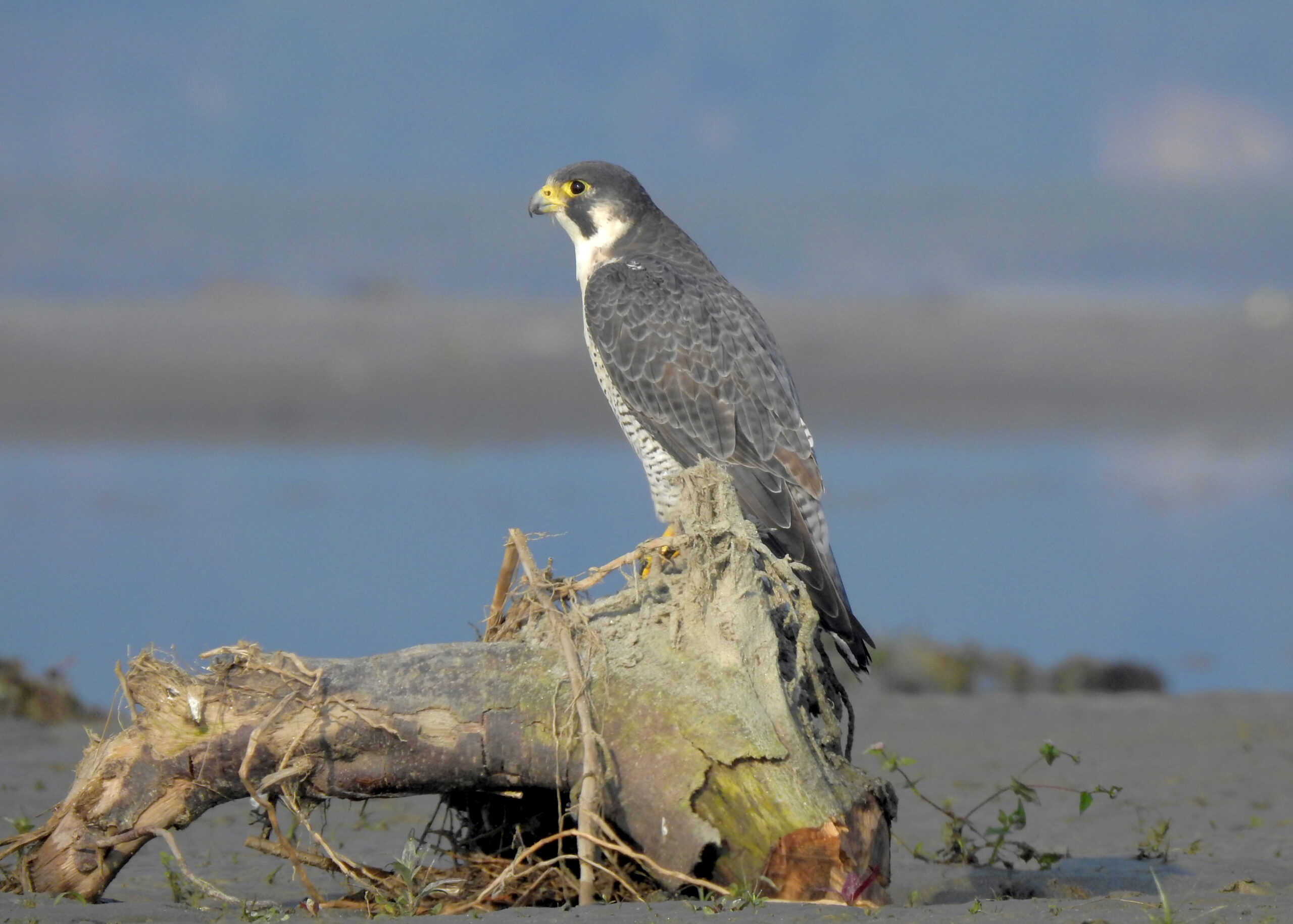Share this article
Experience may make birds more prone to vehicle collisions
You might think that city birds would get “street smart,” learning to evade fast-moving vehicles. But exposure to traffic may actually increase some birds’ chances of being hit, according to a new study. The researchers found that inexperienced rock pigeons (Columba livia) fled sooner from an oncoming truck than pigeons that had nearly collided with the truck in the past.
“It shows that we can’t just assume that as birds become more experienced with vehicles, that they’ll be better at getting out of the way. It’s quite possible that the opposite could be occurring,” said Travis DeVault, a wildlife ecologist with the National Wildlife Research Center and lead author of a recent study in the Journal of Zoology.
Past research had suggested that some birds can learn vehicle safety. One study found that young Florida scrub-jays (Aphelocoma coerulescens) are more likely to be hit by cars than older birds, and another study found that birds in Europe wait longer to flee from oncoming vehicles in areas with lower speed limits. But until now, no one had tested the effects of traffic exposure in a controlled experiment, says DeVault.
To see what birds really learn from traffic, DeVault and his colleagues used 60 pigeons that had been raised in a barn. First, they “trained” the pigeons by placing them in cages while a truck drove by within two meters, either at 37 or 75 miles per hour. The pigeons generally ignored the trucks during this training phase. Then, the researchers placed the pigeons individually in cages with a video screen on one side. The screen displayed a soundless video of the same truck barreling straight toward them, moving twice as fast as it had during training.
More than 90 percent of pigeons tried to flee from the virtual truck, though only one flew soon enough that it would have escaped. To the researchers’ surprise, the trained birds waited significantly longer than control birds before starting to flee. The speed of the truck made no difference, suggesting that the birds were unable to adjust to the increased danger posed by faster vehicles.
The findings are consistent with a past study by the same researchers in which brown-headed cowbirds (Molothrus ater) started to fly when a car was about the same distance away, regardless of how fast it was going.
“Our research suggests that vehicle speed is a real problem for birds,” said DeVault. “That’s probably because over their evolutionary history, they’ve never had to deal with anything as fast as modern vehicles.”
The findings don’t imply that all birds everywhere will respond the same way, DeVault notes. It’s possible that in other species or populations, birds do grow more cautious after near-misses with vehicles. But researchers and managers shouldn’t assume that experienced birds are automatically safer.
The findings could help inform an ongoing debate over whether to remove raptors from airports. Some say that removing raptors will reduce collisions with aircraft, while others argue that resident raptors should be left alone because they are “airport savvy.” According to the argument, inexperienced raptors that move into the empty territories will be more likely to get hit.
“Our study suggests that we cannot assume that that will be the case,” said DeVault. “It’s quite possible that these airport-savvy or resident birds actually might be worse at getting out of the way than naïve birds might be.”
Header Image: Pigeons wait in a cage for a truck to drive by as part of an experiment on traffic exposure. Control pigeons in the covered cage have their view blocked, but are otherwise exposed to the same conditions. ©Travis DeVault








